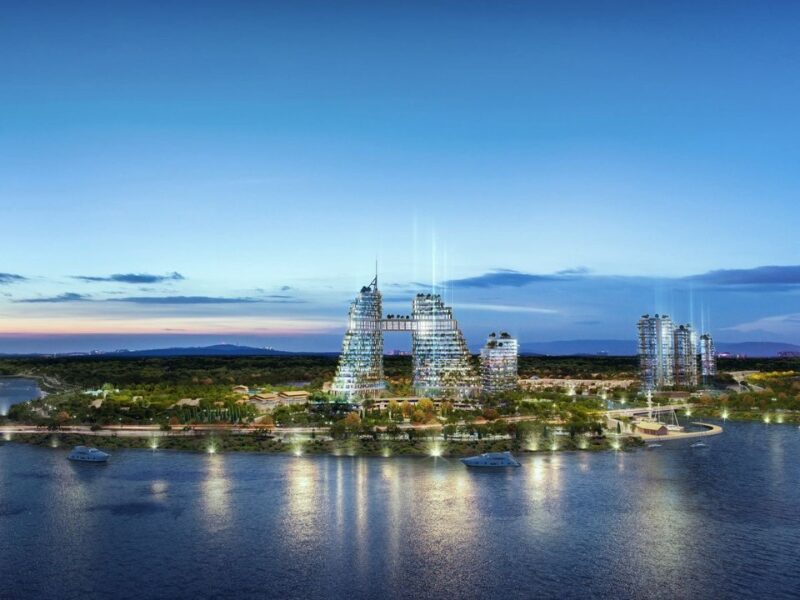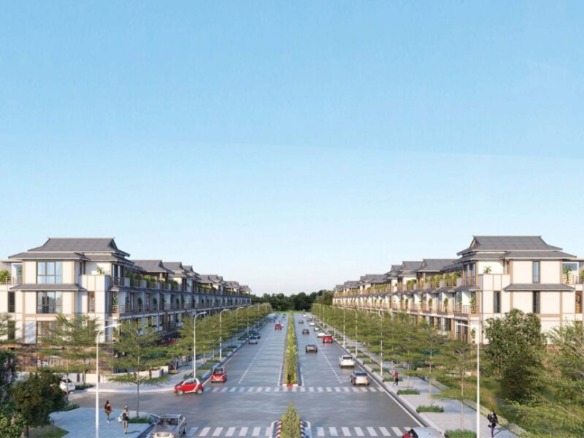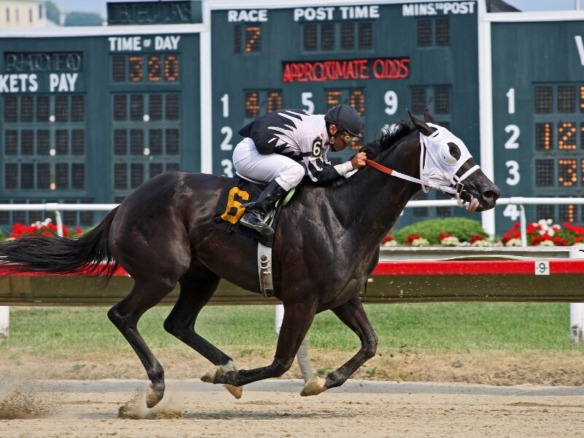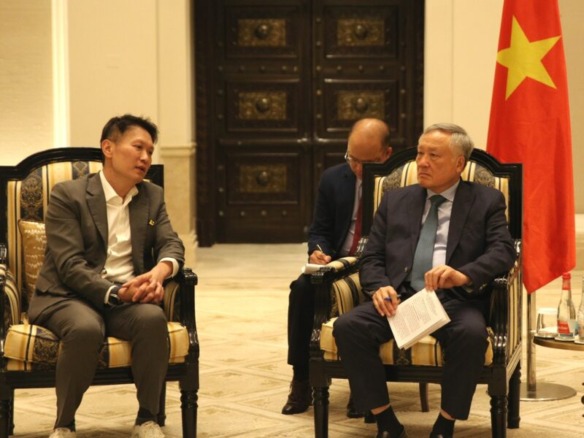Contents
Quang Ngai province is actively pursuing Quang Ngai urban investment through three ambitious urban development projects. These initiatives, located in Mang Den, aim to transform the area into a vibrant hub. With a total investment of approximately 26,466 billion VND (over 1 billion USD), they span nearly 790 hectares. This move aligns with Vietnam’s broader push for sustainable urban growth. Moreover, it taps into the region’s natural appeal as the “second Da Lat” due to its cool climate and pristine landscapes.
The projects come at a time when Vietnam’s real estate market is recovering strongly. For instance, foreign direct investment (FDI) in real estate doubled year-on-year in the first half of 2025, reaching over $5.17 billion. This surge reflects growing investor confidence, driven by infrastructure upgrades and favorable policies.
Overview of Quang Ngai Urban Investment Projects
Quang Ngai’s Department of Finance recently issued an invitation for investors. The bidding process, managed by the Department of Construction, will use open tendering. It starts in the third quarter of 2025. Consequently, this provides a timely window for international players to engage.
These developments focus on integrated urban living with tourism elements. They will accommodate nearly 50,000 residents combined. In addition, they emphasize eco-friendly designs, blending residential, commercial, and recreational spaces. This approach enhances livability while boosting economic activity.
Details of the Three Urban Areas
Each project has a unique theme, catering to diverse needs. Here is a breakdown:
- Urban Area No. 4: This flagship project requires 10,228 billion VND and covers 247.4 hectares. It targets a population of 11,419. Scheduled from 2025 to 2035, it positions as a cultural valley. Key features include high-end resorts preserving traditional heritage. Land allocation prioritizes tourism services at 129.5 hectares, alongside 33.6 hectares for housing.
- Urban Area No. 5: With an investment of 9,591 billion VND over 276.9 hectares, it aims for 30,371 residents. Running from 2025 to 2034, it serves as a gateway for trade and industry support. Notably, it allocates 76.6 hectares to housing groups and 32.5 hectares to tourism services. This setup fosters connectivity and commerce.
- Urban Area No. 1: Budgeted at 6,647 billion VND for 264.4 hectares, it plans for 7,738 people. From 2025 to 2034, it focuses on sports and health care. Products mix housing with wellness facilities. For example, 43.4 hectares go to residential groups, while 18.5 hectares support tourism.
These details highlight balanced land use, including green spaces and infrastructure.
Investment Potential in Quang Ngai Urban Investment
Quang Ngai urban investment stands out for foreign investors eyeing Vietnam’s growth. The province’s recent merger with Kon Tum expands its scale, now ranking fifth nationally in land area. Furthermore, Mang Den’s tourism potential draws parallels to established destinations like Da Lat.
Experts note that infrastructure development drives real estate value here. As Vietnam urbanizes rapidly, such projects offer high returns. In fact, the real estate sector attracted nearly $2.4 billion in FDI during Q1 2025 alone, up 46% year-on-year. This trend suggests robust appreciation for early entrants.
To explore more, review the Avison Young Vietnam Quarterly Report for market insights.
Market Insights and Expert Perspectives
Vietnam’s real estate landscape in 2025 shows resilience amid global uncertainties. Urbanization rates exceed 40%, fueling demand for modern developments. Additionally, new laws enhance transparency, making investments safer for internationals.
Analysts predict continued FDI inflows, with real estate as a top sector. For Quang Ngai, these projects could catalyze local GDP growth by 5-7% annually, based on similar initiatives elsewhere. However, investors should consider environmental regulations, given Mang Den’s ecological sensitivity.
Learn about Vietnam as a prime investment destination in Southeast Asia.
Why Foreign Investors Should Consider Quang Ngai
Opportunities abound for diversified portfolios. These projects offer mixed-use models, appealing to tourism and residential buyers. Moreover, government incentives like tax breaks could apply.
Compared to saturated markets in Hanoi or Ho Chi Minh City, Quang Ngai provides lower entry costs with high upside. As a result, it positions as an emerging hotspot.
For data on the recent surge in real estate FDI, check industry reports.
In summary, Quang Ngai urban investment represents a strategic entry into Vietnam’s dynamic market. With careful due diligence, these projects promise substantial rewards.





Join The Discussion